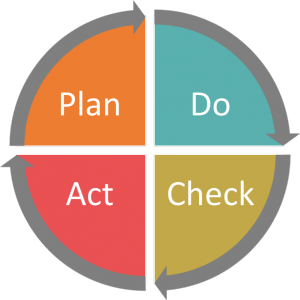Want to increase productivity? An Employee Engagement Strategy is a good place to start.
Examples of positive employee engagement practices include:
- Shared decision-making
- The opportunity for all people to influence the planning process
- A robust approach to communicating
- An open flow of information
- The development of effective leaders and managers
For this article we thought we would focus a bit more on the people aspect and look at how workplace behaviours and relationships impact on employee engagement levels, which in turn affect the productivity of your team. Here are some of our thoughts on the fundamentals that lie behind a great employee engagement strategy.
Reciprocity
At the heart of the employment relationship is reciprocity. If employees believe that they are supported by their employer (and their line manager) in getting what they want out of work beyond just money, they will respond with positive behaviour.
The right person for the right job
Creating a fit between the needs of the role and the needs of the individual person will help to build a culture which is driven by supportive behaviours that are good for performance and productivity.
Competence & Capability
Make sure that managers have a good understanding of what their team members’ individual competencies and capabilities are. Giving individuals the opportunity to use their skills to the best of their ability will give them great satisfaction whilst the business will gain value by making the lost of them.
Encourage Self-determination
Enable your people to make decisions for themselves at a level appropriate to their role and responsibilities. Allow individuals to initiate and regulate their own actions whilst ensuring line managers step up to their role of supporting their team members. It’s about creating a good level of trust within your business, i.e. does the manager trust the team member to do the job? Does the team member feel trusted?
Impact
Make sure that your people understand the impact they have on business performance as a whole. At all levels they should be able to describe the contribution they make and the important part they play in the success of the organisation.
If you’ve recently started to develop your employee engagement strategy or are looking to revive your existing one the main thing to remember is that it doesn’t need to involve expensive investment or developing a whole new set of policies and procedures. It does however need wholehearted support from your Leadership Team through their leadership and strategic vision, and the active buy-in of effective line managers.
At INSPIRING, we’ve helped thousands of organisations with Employee Engagement issues over the last 15 years and we’d be happy to share our experience with you.
Call us on 0800 612 3098 to find out more or email info@inspiring.uk.com or get in touch using the form.




 Plan
Plan